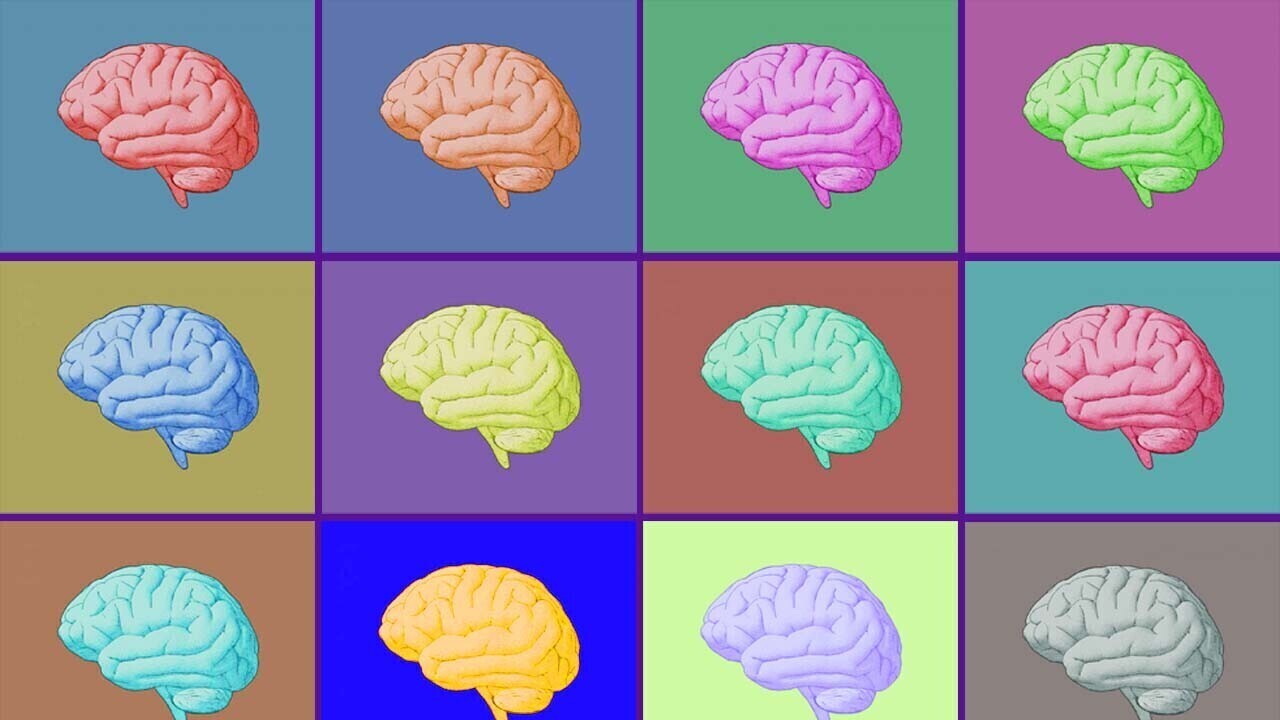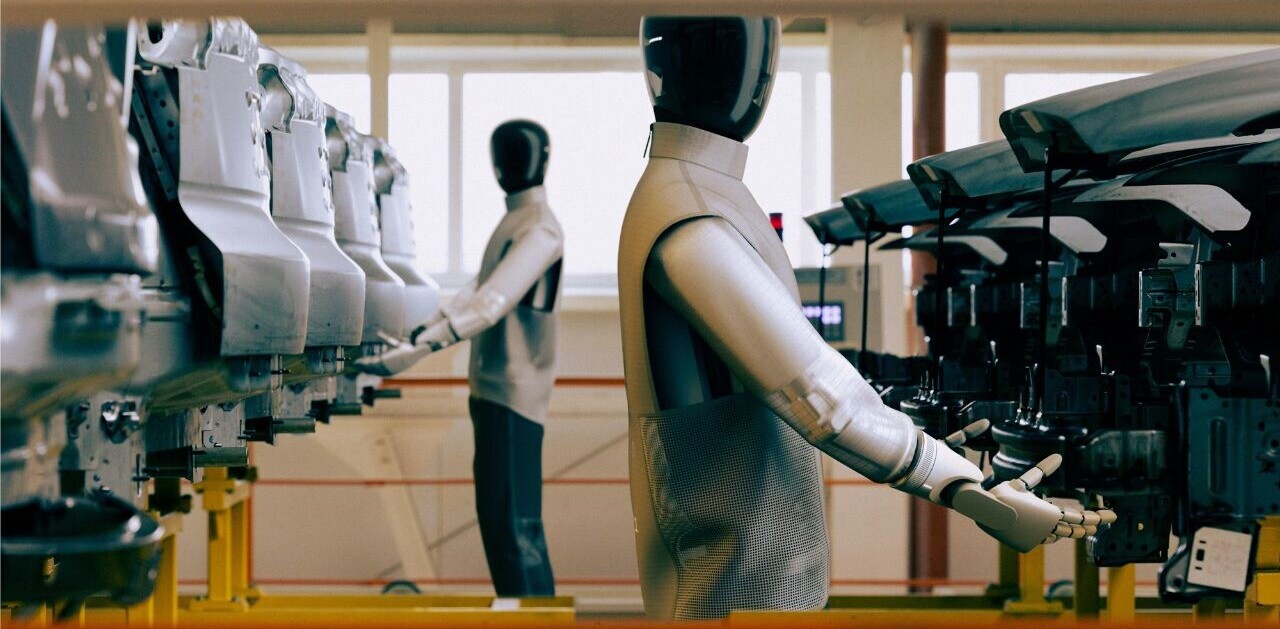
Scientists have long understood that the human brain changes in size as we age, but until now there’s never been a method by which we can chart its growth.
An international team of researchers led by Cambridge University’s Richard Bethlehem recently published the world’s first growth chart for brains.
Up front: How are you supposed to tell if your brain is growing properly? It’s an important question. And we’ve had no answer until now.
Most people don’t spend their lives connected to brain imaging devices. And that means we probably have no clue if our brain is average size and weight.
Bethelhem’s team — along with an international, multi-disciplinary data-gathering effort — compiled brain scans from over 100,000 people ranging from four-month-old children to adults aged 100.
What they found was extraordinary. Not only does the average human brain experience a burst of growth when we’re very young, but it begins to shrink in mass as we enter our elderly years.
Furthermore, they discovered several important growth periods.
According to the team’s research paper:
Brain charts identified previously unreported neurodevelopmental milestones, showed high stability of individuals across longitudinal assessments, and demonstrated robustness to technical and methodological differences between primary studies.
Centile scores showed increased heritability compared with non-centiled MRI phenotypes, and provided a standardized measure of atypical brain structure that revealed patterns of neuroanatomical variation across neurological and psychiatric disorders.
Background: Scientists have used growth charts for more than 200 years. They’re still a mainstay in pediatrics — it’s important for parents to know if their children are developing with the average. These charts are often the first diagnostic tool pediatricians have.
Bethlehem’s team hopes their new growth charts will act as a reference for brain growth with the same diagnostic potential.
This is important not only for the discovery of physical afflictions such as cancer or damage, but also for the possible detection of cognitive and behavioral dysfunction.
Per a Nature article on the research:
The study comes on the heels of a bombshell paper published in Nature on 16 March showing that most brain-imaging experiments contain too few scans to reliably detect links between brain function and behaviour, meaning that their conclusions might be incorrect.
Quick take: This is a seminal moment in science. Aside from the obvious benefits to the fields of biology and neurology, finally having standard charts for human brain growth could help AI developers at the cutting-edge. Heck, these charts could even come in handy for quantum physicists.
Read next: Researchers figured out how the human brain makes memories
Get the TNW newsletter
Get the most important tech news in your inbox each week.




